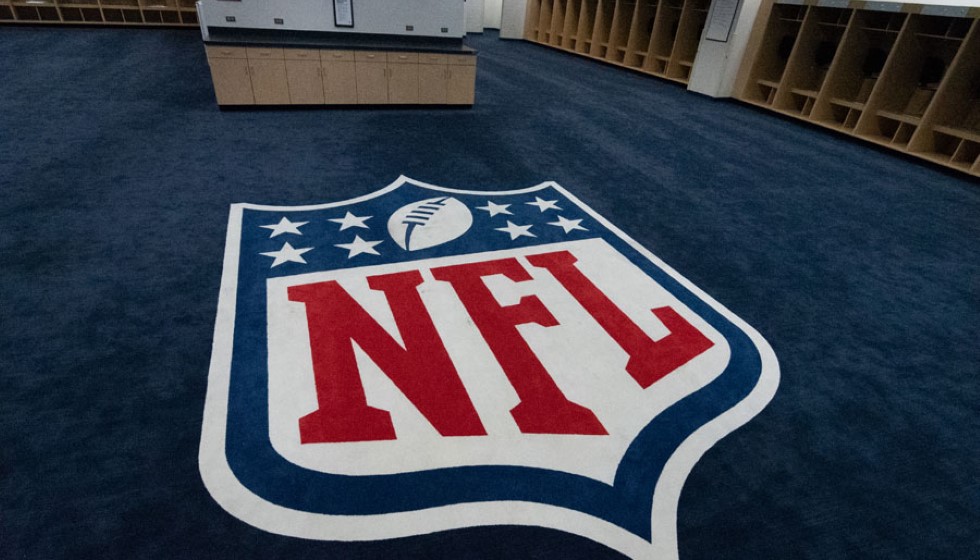
In the world of American football, few achievements are as revered as holding the NFL single-season rushing record. Over the years, this record has been the benchmark for excellence, marking the careers of some of the sport's most iconic figures. An intriguing fact emerges when examining the lineage of players who have held this record: five out of the seven have been inducted into the Pro Football Hall of Fame, underscoring the caliber of talent required to achieve such a feat.
Among these elite athletes, six have also been recognized by being named to the Pro Football Hall of Fame All-Decade Team, a further testament to their dominance and sustained excellence throughout their careers. As we trace back through the history of this prestigious record, we encounter a tapestry of athletic prowess and historical milestones that map out the evolution of the rushing game in the NFL.
Early Milestones
The foundation of the NFL's rushing record was laid in the early 20th century, beginning with Cliff Battles, who set an early benchmark of 576 rushing yards in 1932. Just a year later, Jim Musick raised this mark to 879 yards, illustrating the rapid evolution of the game during its nascent years.
In 1934, Beattie Feathers became the first player to break the 1,000-yard barrier, a landmark accomplishment at the time. This achievement not only highlighted Feathers' skill but also the potential for NFL running backs to redefine what was possible on the field.
Icons of the Game
As time marched on, so did the achievements of remarkable athletes. Among them was Steve Van Buren, who posted 1,008 yards in 1947, and later surpassed his own milestone with 1,146 yards in 1949. Van Buren's accomplishments were a prelude to the explosive performances that the NFL would witness in subsequent decades.
Jim Brown, one of the most celebrated figures in football history, elevated the rushing record to unprecedented heights. Brown's herculean effort in 1958 saw him rush for 1,527 yards, a record he would reset in 1963 when he accumulated a staggering 1,863 yards. His performances were not just groundbreaking; they were the zenith of athletic ability and drive in professional sports.
A New Era
The 1970s ushered in a new era of dominance in NFL rushing, epitomized by O.J. Simpson. In 1973, Simpson became the first player to exceed 2,000 yards in a single season with a total of 2,003 yards. This monumental achievement set a new standard in the league and provided a target for future generations of running backs.
The current record holder, Eric Dickerson, further pushed the limits in 1984. His remarkable season produced 2,105 rushing yards, a record that stands to this day and serves as a benchmark for aspiring future stars. Dickerson's record is a symbol of perseverance and athletic excellence, remaining untouched for nearly four decades.
The Present and Future
As the NFL continues to evolve, the legacy of these records endures, inspiring current athletes to aspire to greatness. One such athlete is Saquon Barkley, a promising running back whose potential has been recognized across the league. By the conclusion of the 2024 season, Barkley will have accumulated 2,005 rushing yards, notching his name in the echelons of elite NFL rushers. While Barkley's achievements are noteworthy, they also underscore the ongoing challenge for contemporary players to match or surpass the towering record set by Dickerson.
The narrative of the NFL rushing record is a chronicle of progress, resilience, and the unyielding pursuit of excellence. Each holder of this record has not only entertained and inspired fans but also set a new standard for what is possible in the realm of professional football. As the sport continues to evolve, these records remind us of the great athletes who have made football what it is today, offering a glimpse of the incredible talents paving the way for future generations.